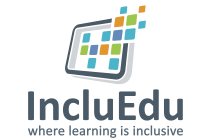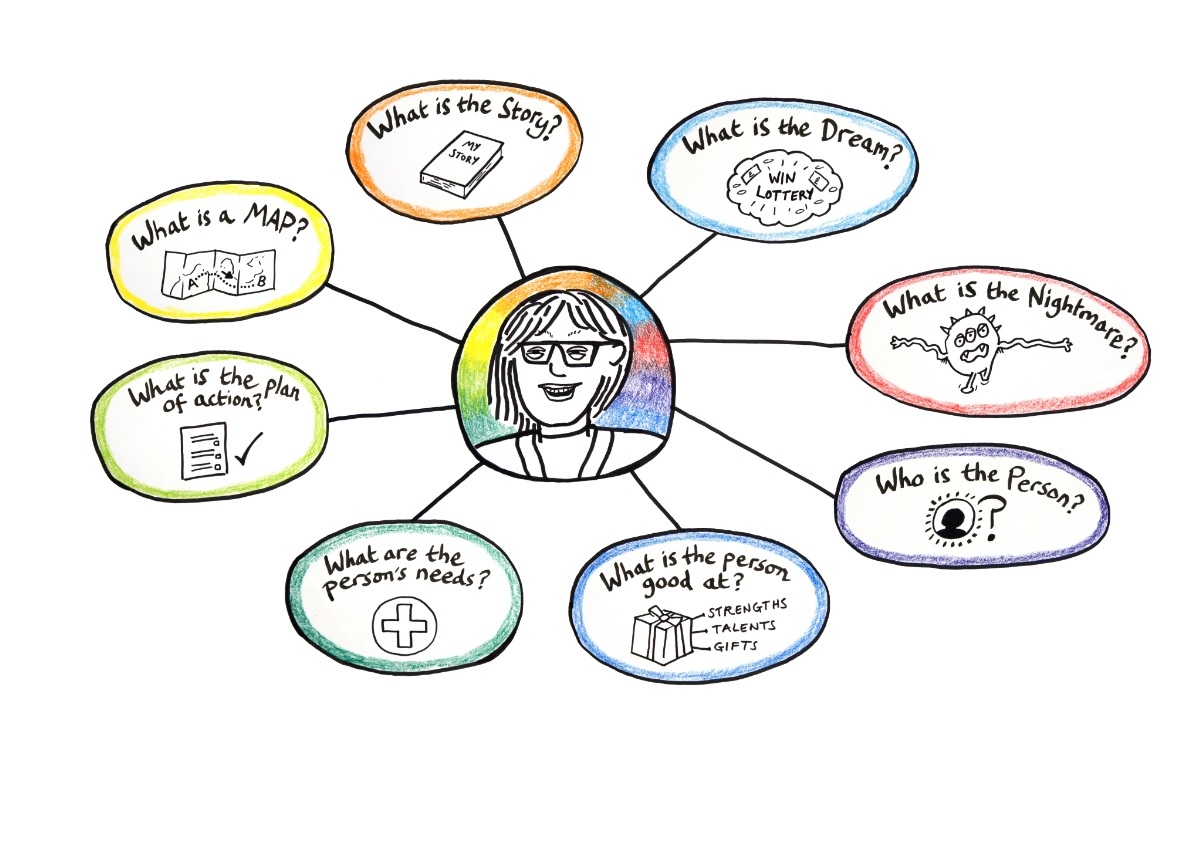PCP Tools – MAP Tool
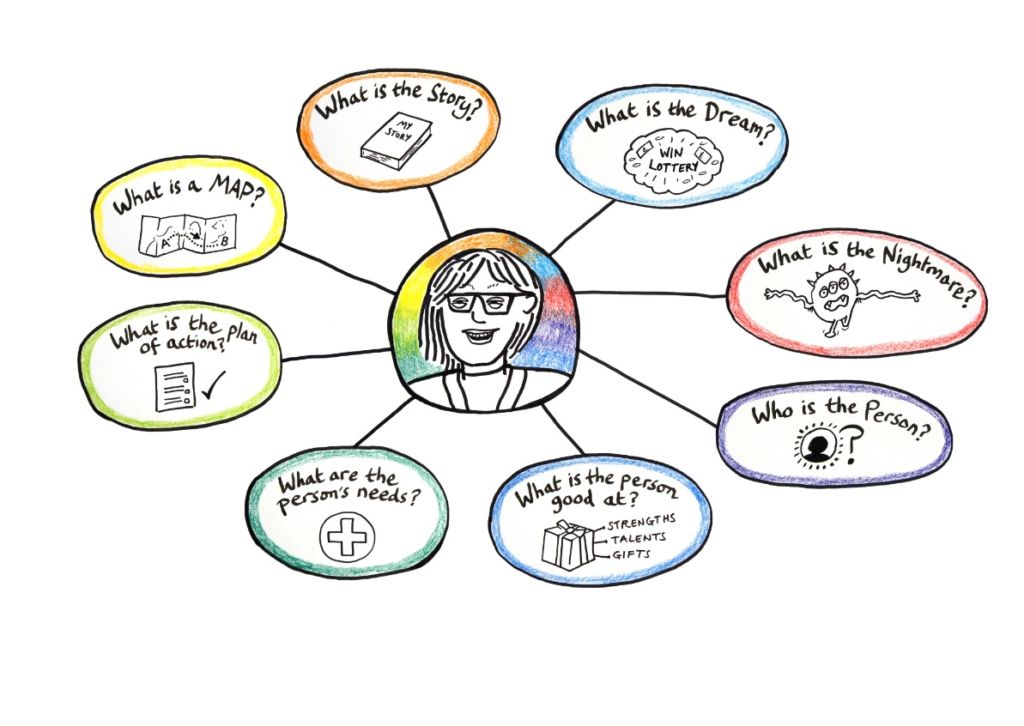
ABOUT THIS LEARNING OBJECT
MAPs is a creative planning tool that uses graphic facilitation. It was originally developed by Judith Snow, Jack Pearpoint, Marsha Forest and John O‘Brien to help disabled children integrate into mainstream schools. The MAP planning style is now used more widely to collect information about a person and develop a plan for their future. It’s a good way to start to identify the type of support a young person will need to achieve their goals.

01. How to use it
MAPs are usually used in a meeting between the young person and people they are close to. This is a planning session that will usually last for a few hours. MAPs can also be used on a one to one basis, depending on what the young person wants.
The meeting will ideally include two facilitators, one to ask questions and guide the session and one to graphically record the information gathered. Questions will include things like:
- Who is the person – what are their strengths, gifts and talents?
- What is their story/history?
- What are their dreams and ambitions?
- What are their nightmares? What do we need to avoid?
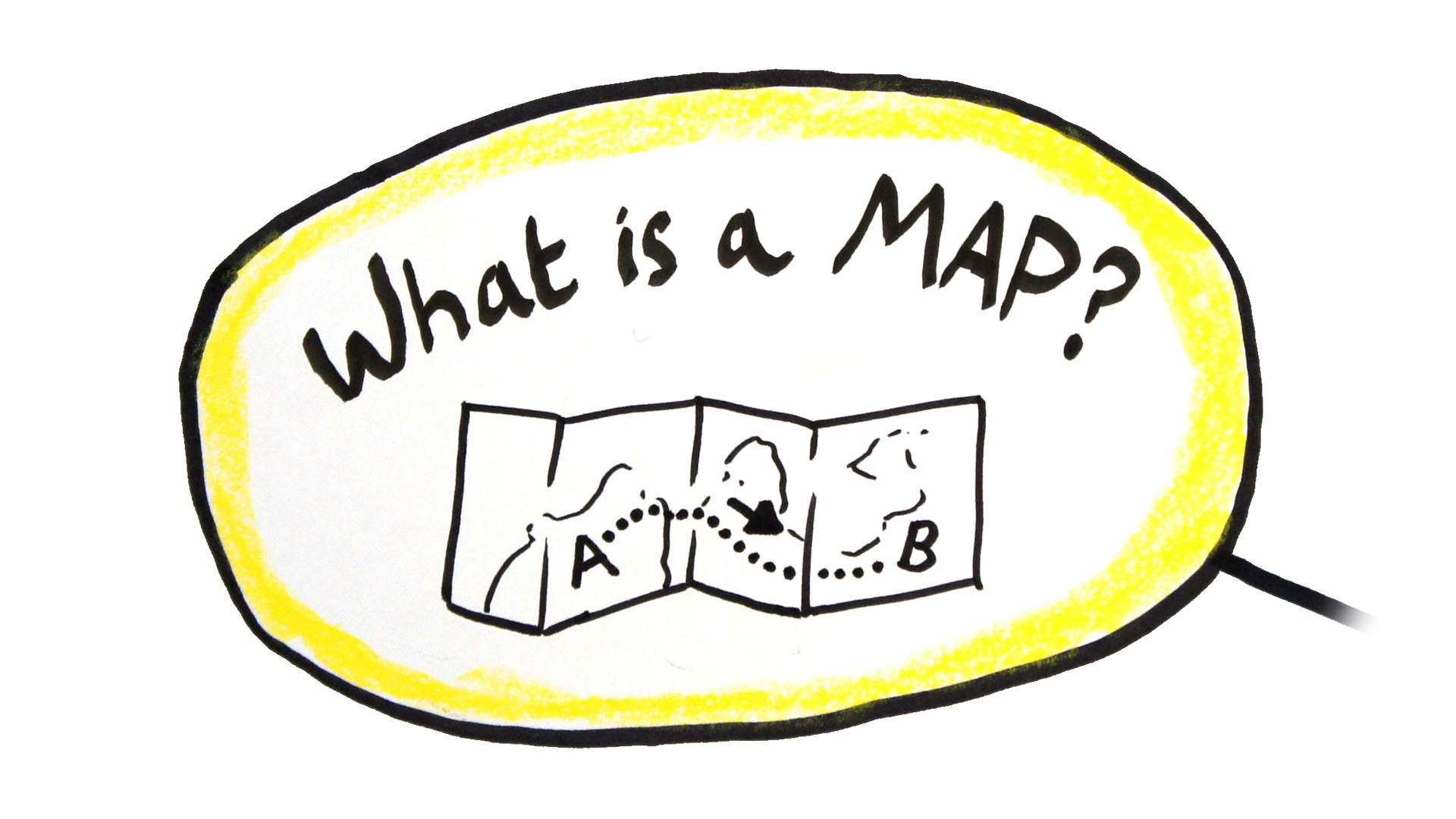
02. What is a MAP?
As a warm up exercise for the group the facilitator asks people to think of words and images that describe a map. The idea is that the answers will help establish the point and aim of the meeting, ie. “Helps people find their way through an unknown area” or “helps people get where they want to go”.
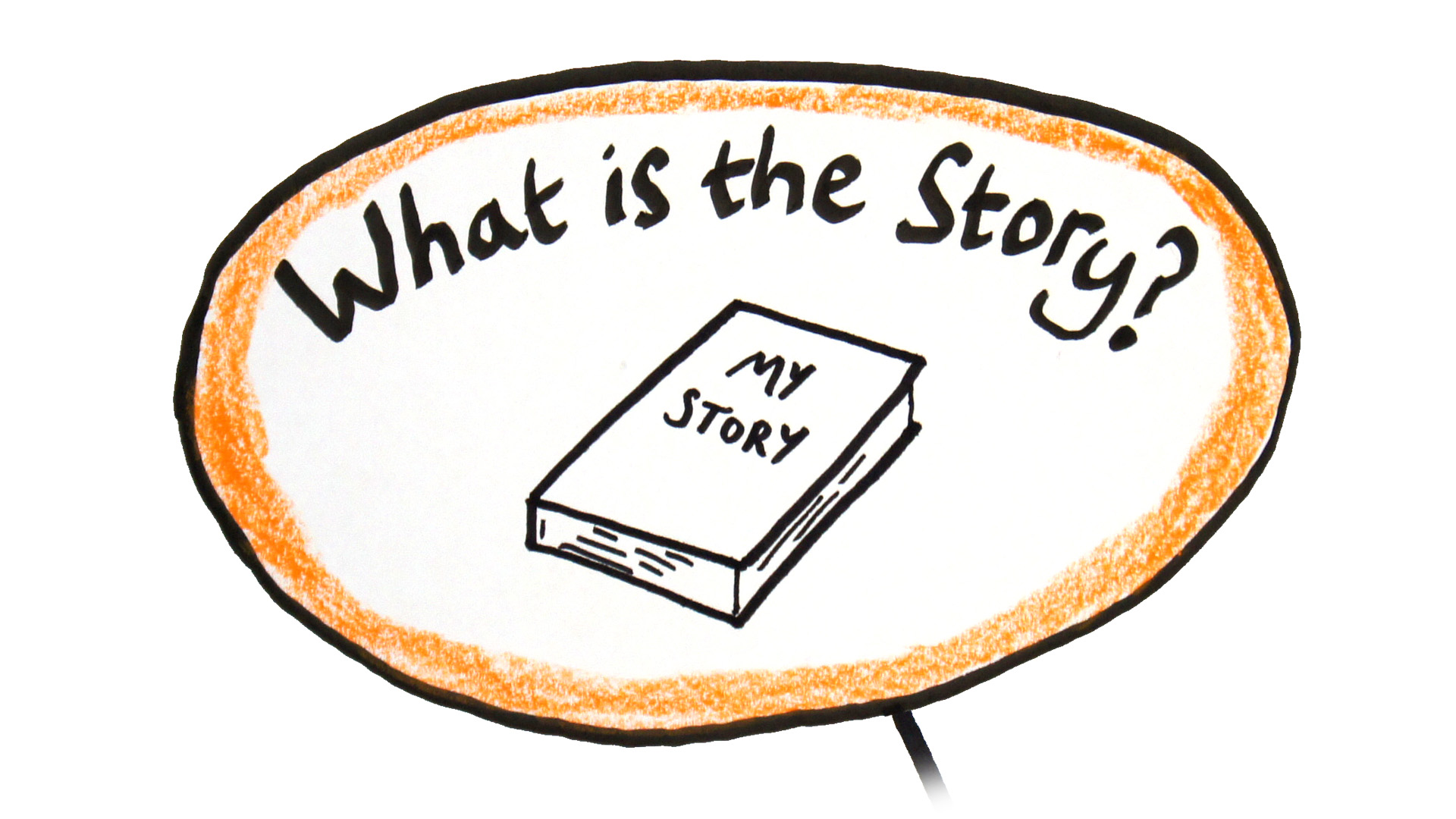
03. What is the persons Story or History?
The facilitator asks the young person, with the help of the group, to briefly describe their personal history. This should include key things that have helped shape the person’s life. It might involve where they were born, who are their siblings, special places they’ve been or special things they have done, what school they went to etc.
The person’s story may be a revelation to others in the group and can help them better understand the person’s present.
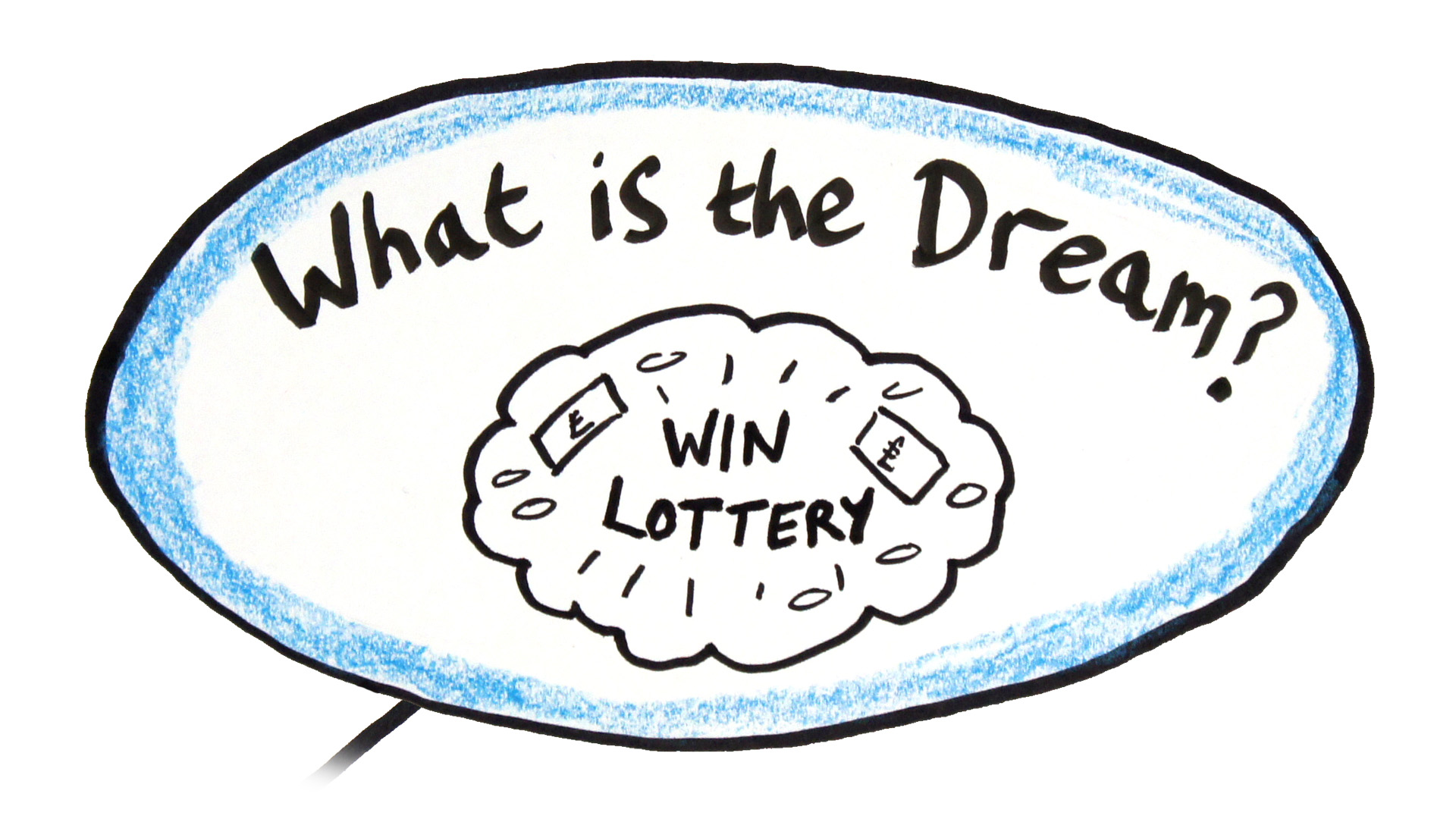
04. What are the Dreams?
The facilitator invites the person to share their dream/s. The rest of the group are then asked to contribute and are encouraged to think about short term and long term dreams. Not all dreams will be realistic or achievable, or they may be metaphoric rather than literal aspirations. They will, however, provide a direction for further exploration for action planning – i.e. why is this dream important to the person, what elements of it could be acted on?
Prompting questions for this step might include what is the person’s ideal job, if they’ve considered college or university, where they’d like to live etc.
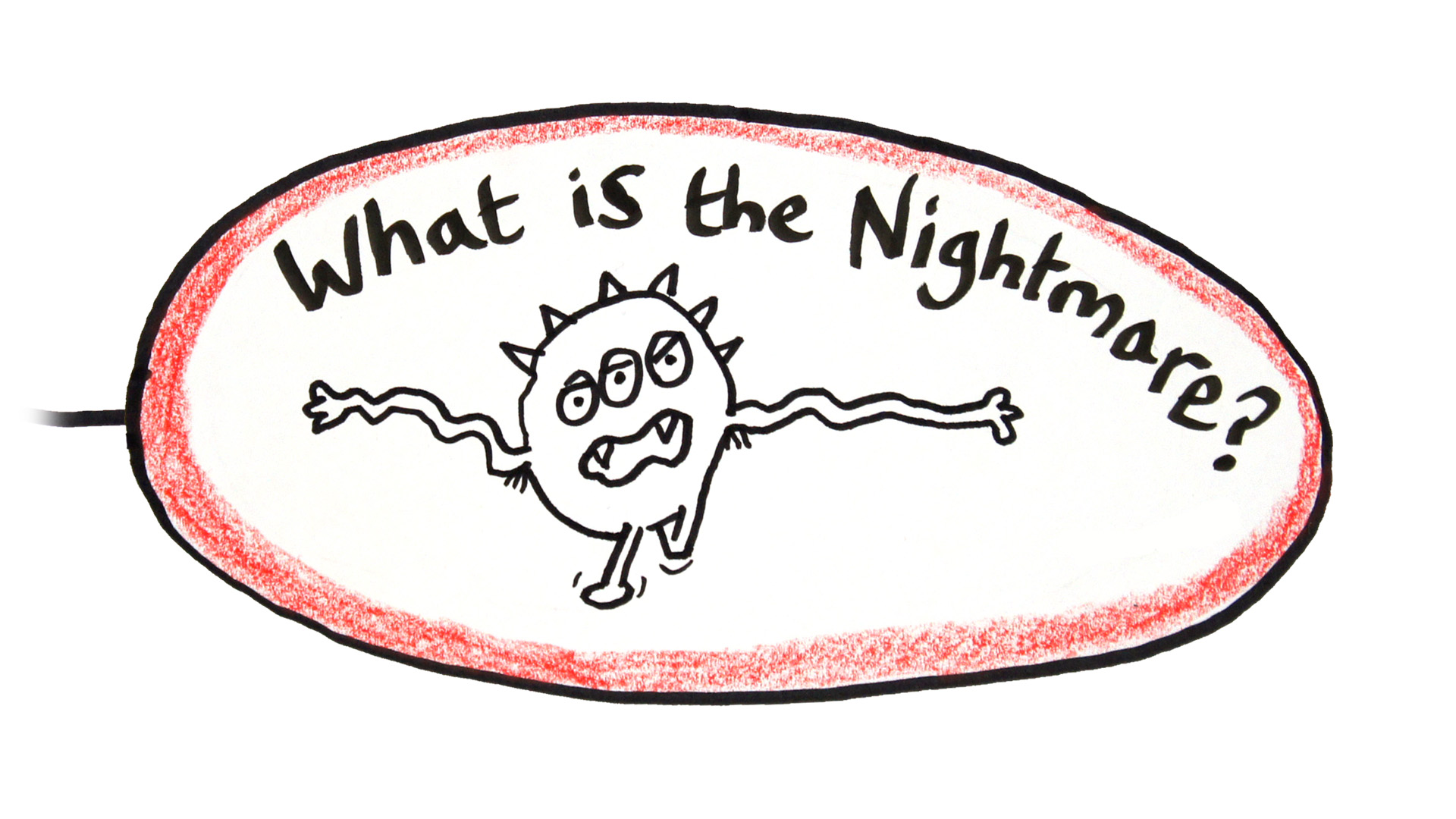
05. What are the Nightmares?
The facilitator invites the person, with the help of the group, to share their nightmares. This step can be difficult for people but just as dreams give the group something to work towards, naming nightmares and fears gives the group something to actively work away from, i.e. what future do we need to avoid? This step may make the group aware of how close the person is to their nightmare. Fears and nightmares may be very specific or more general.
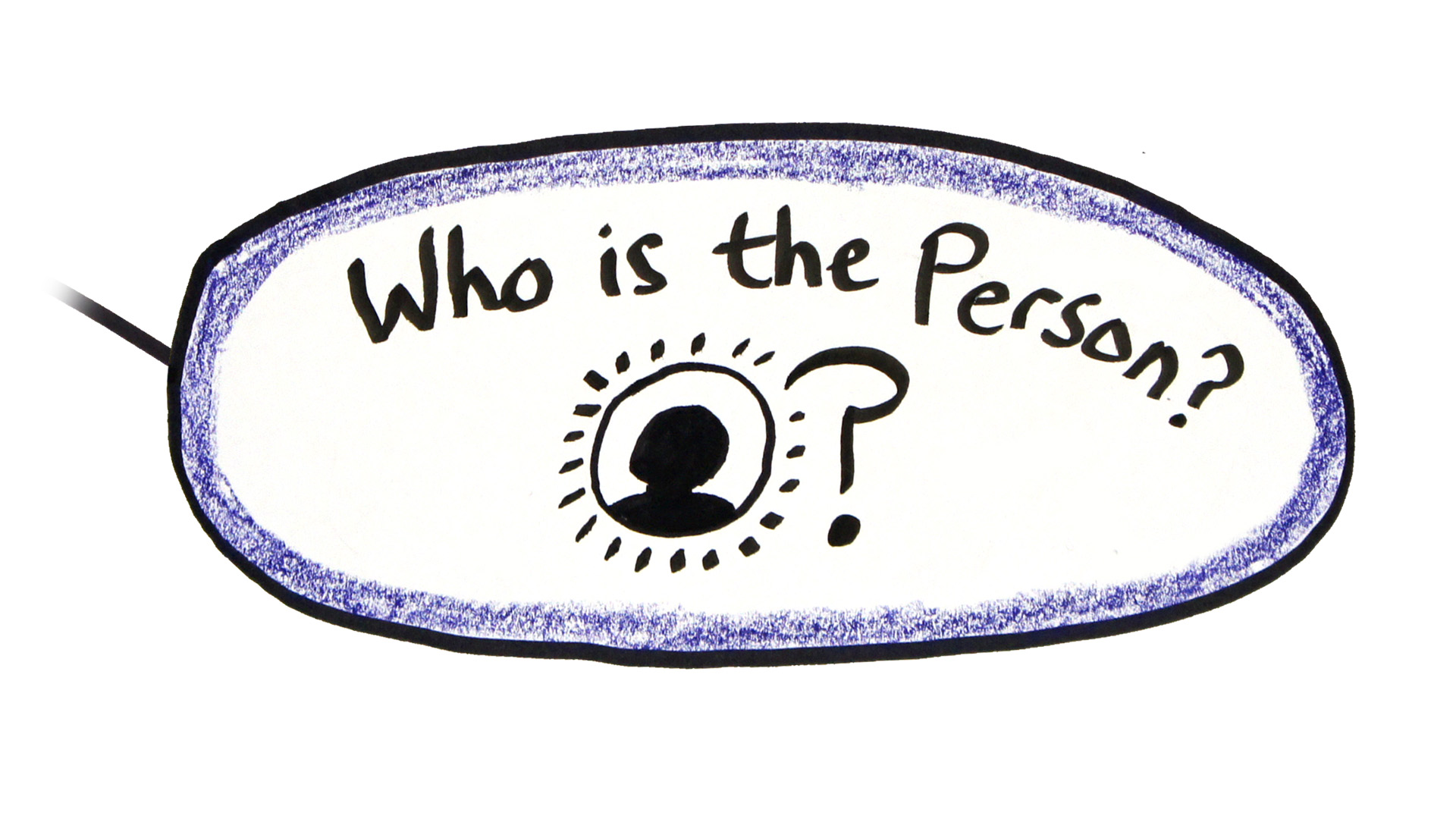
06. Who is the Person?
The facilitator asks the group to think of words that describe the person and their character. This is often a very positive and affirming step for the person.
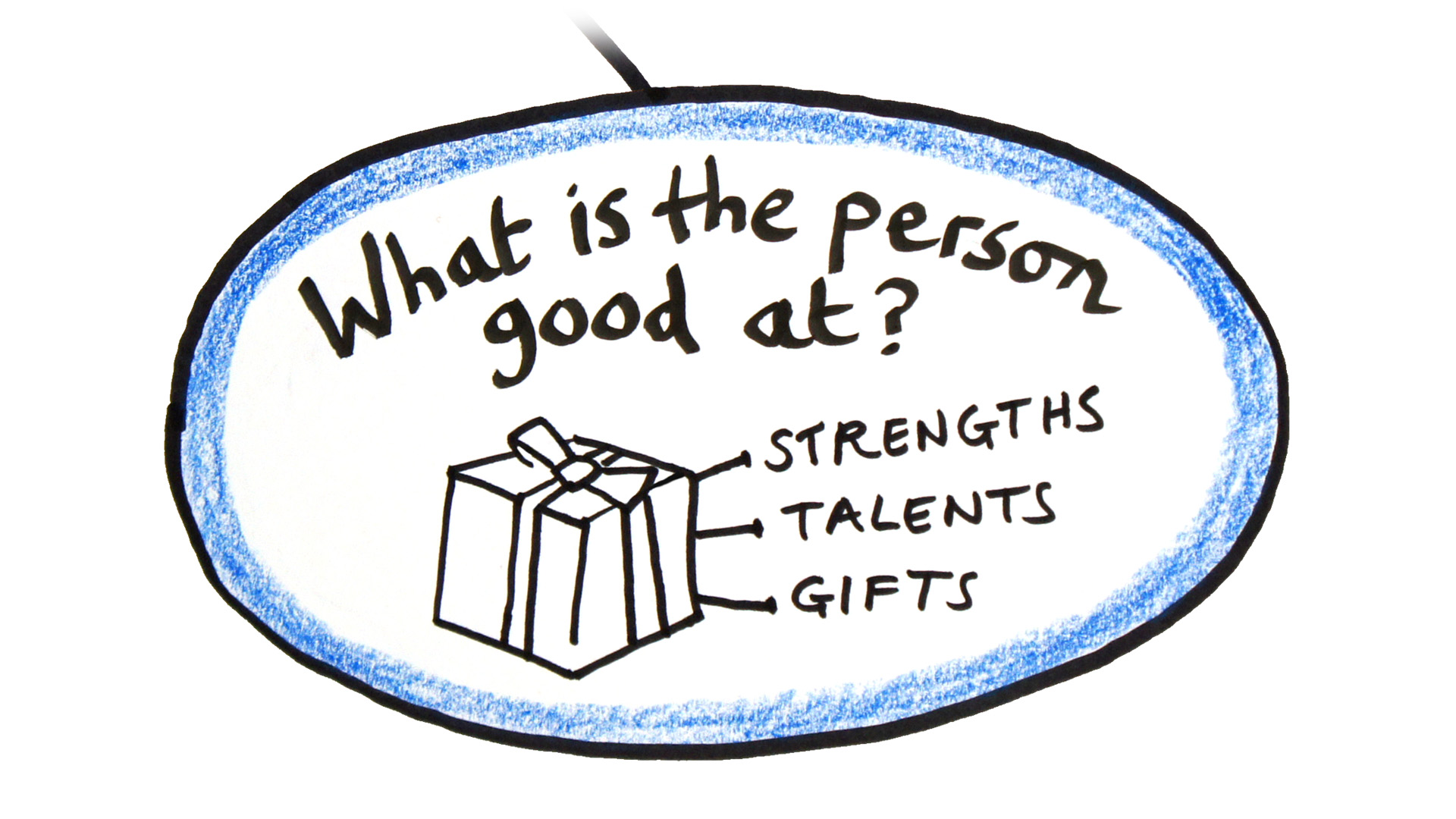
07. What are their Gifts and Talents?
The facilitator asks the group to describe the person’s gifts, what they like and admire about the person. The group should go on to discuss the person’s particular strengths and talents, their skills and abilities. This lets the group identify positive things that can be built on in the action plan.
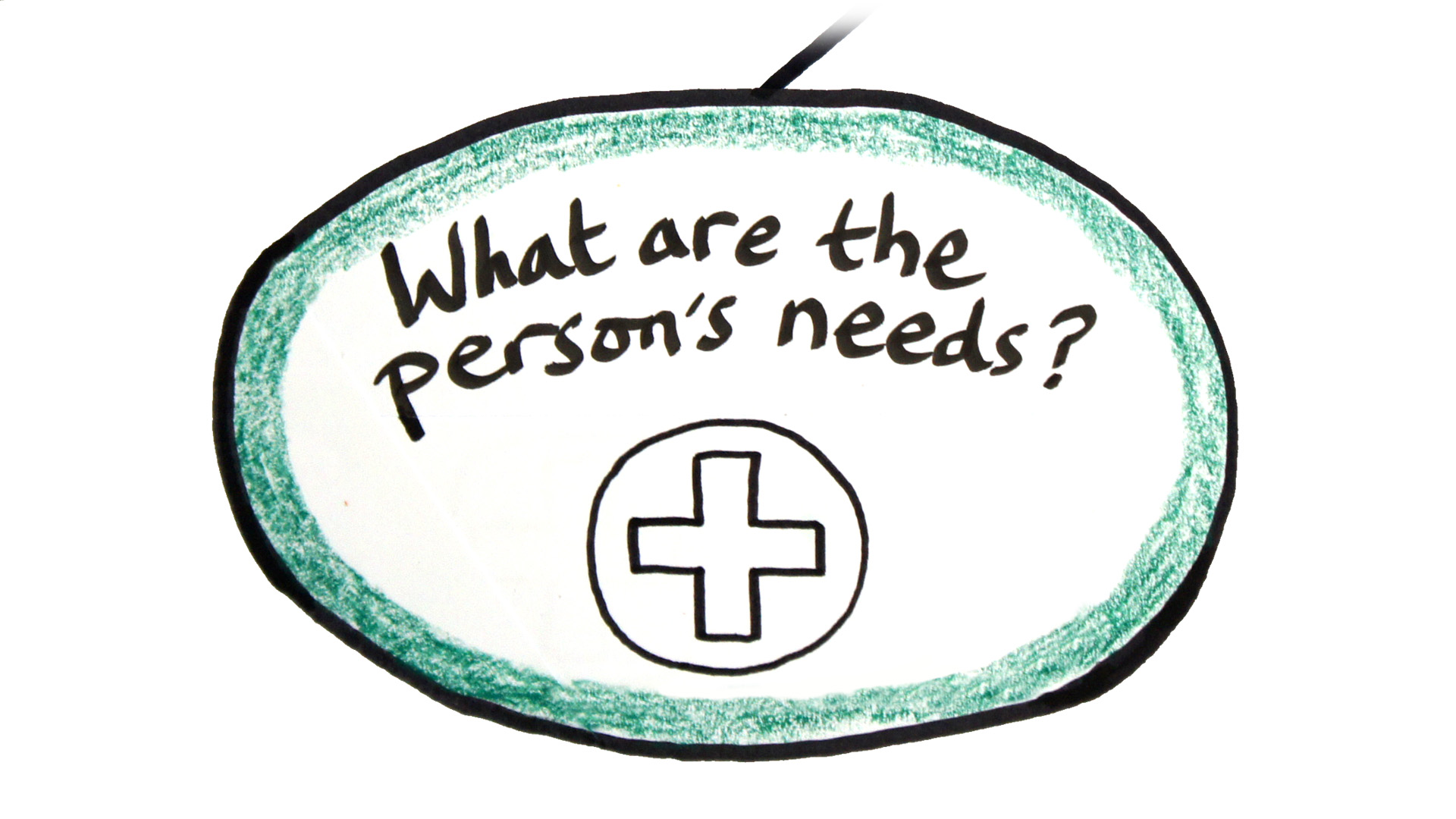
08. What are the Needs?
The facilitator asks the group to review and prioritise the information they’ve gathered so far and think about what the person actually needs to help them move towards their dream and away from their nightmare. This will include the people, resources and support required to help them achieve their goal, both now and in the future.
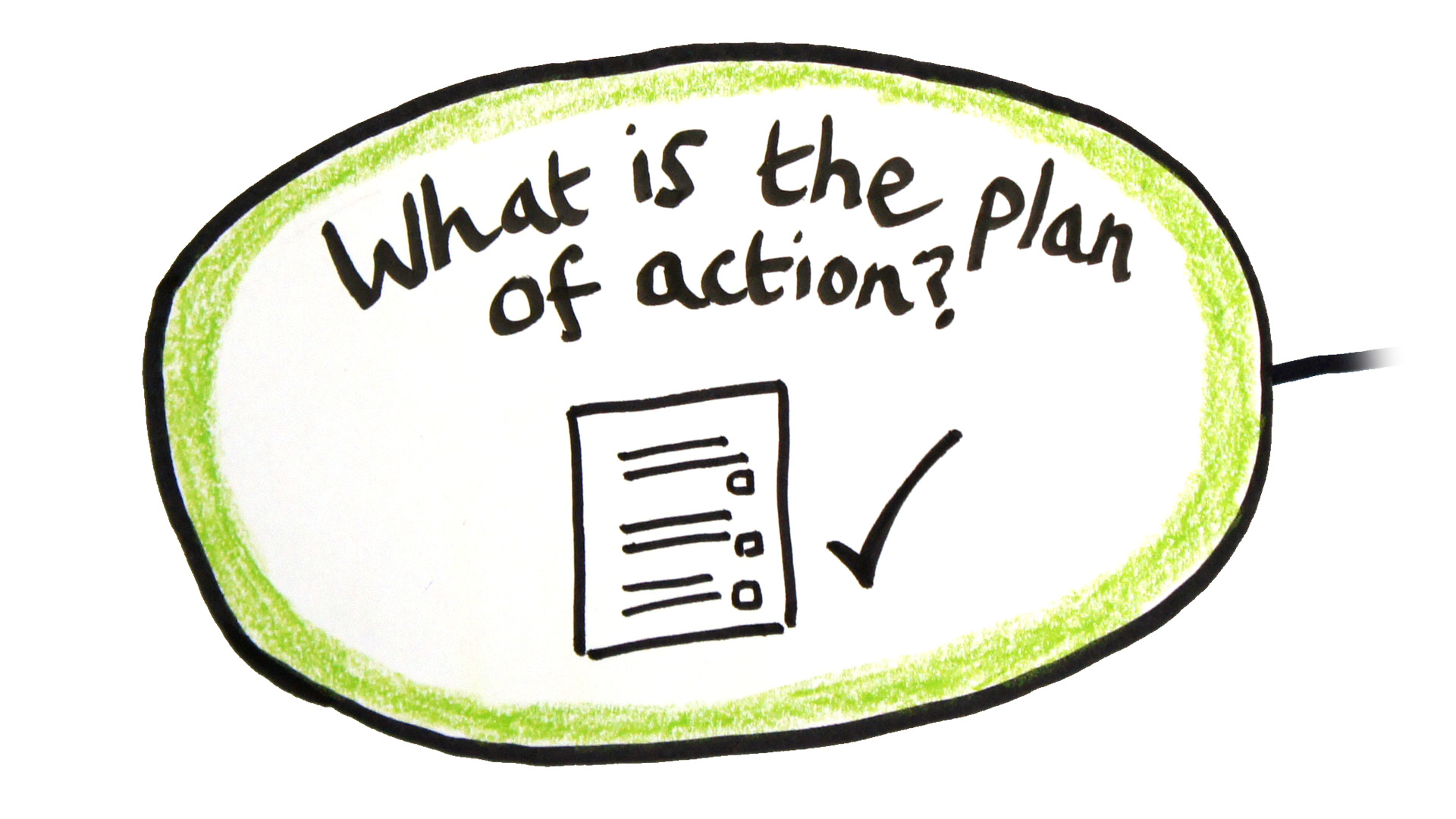
09. Action Plan
Having identified the needs of the person the group now together develop the Action Plan. The Action Plan will identify the specific actions and activities that need to be taken to meet the person’s needs.
